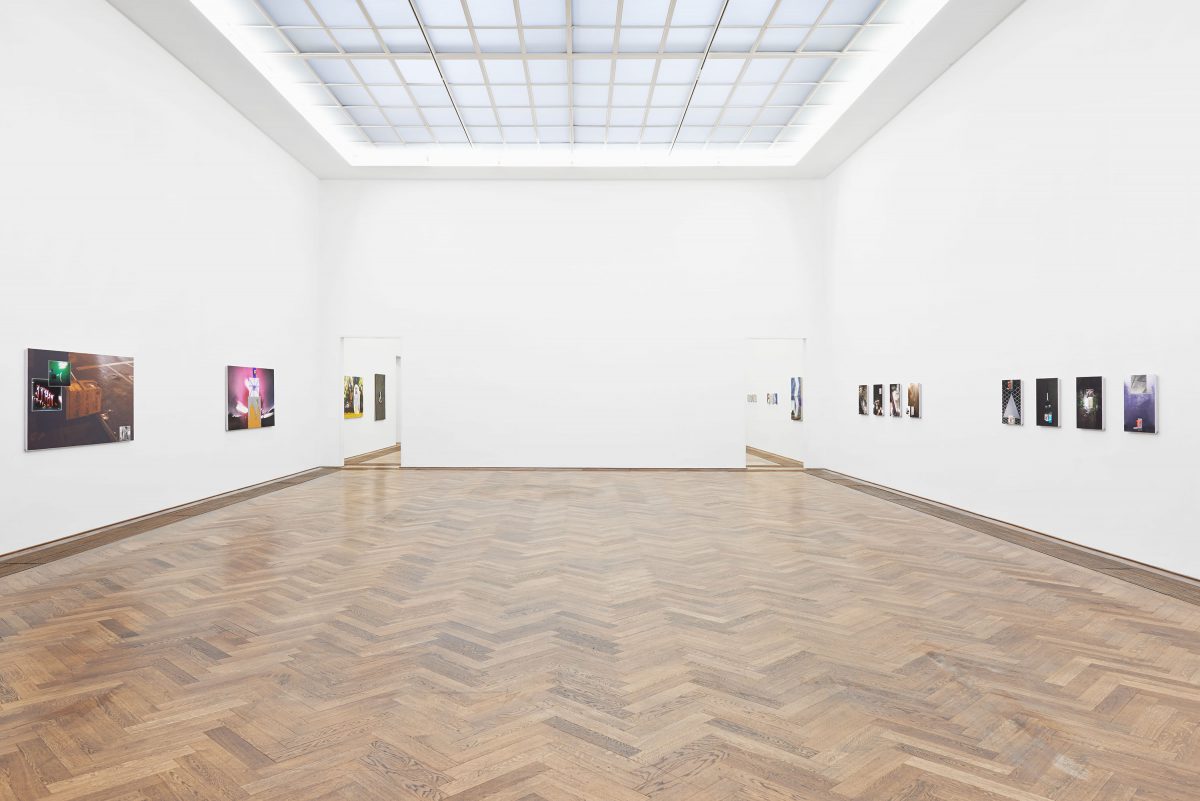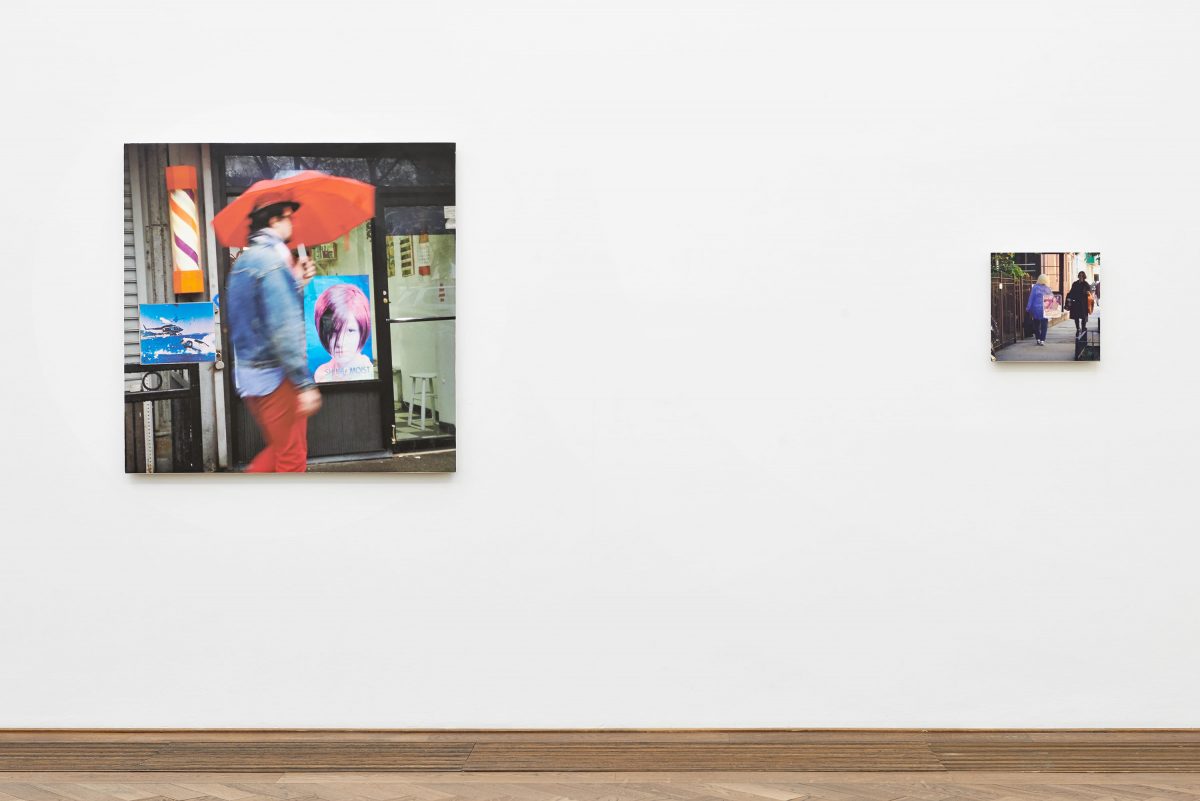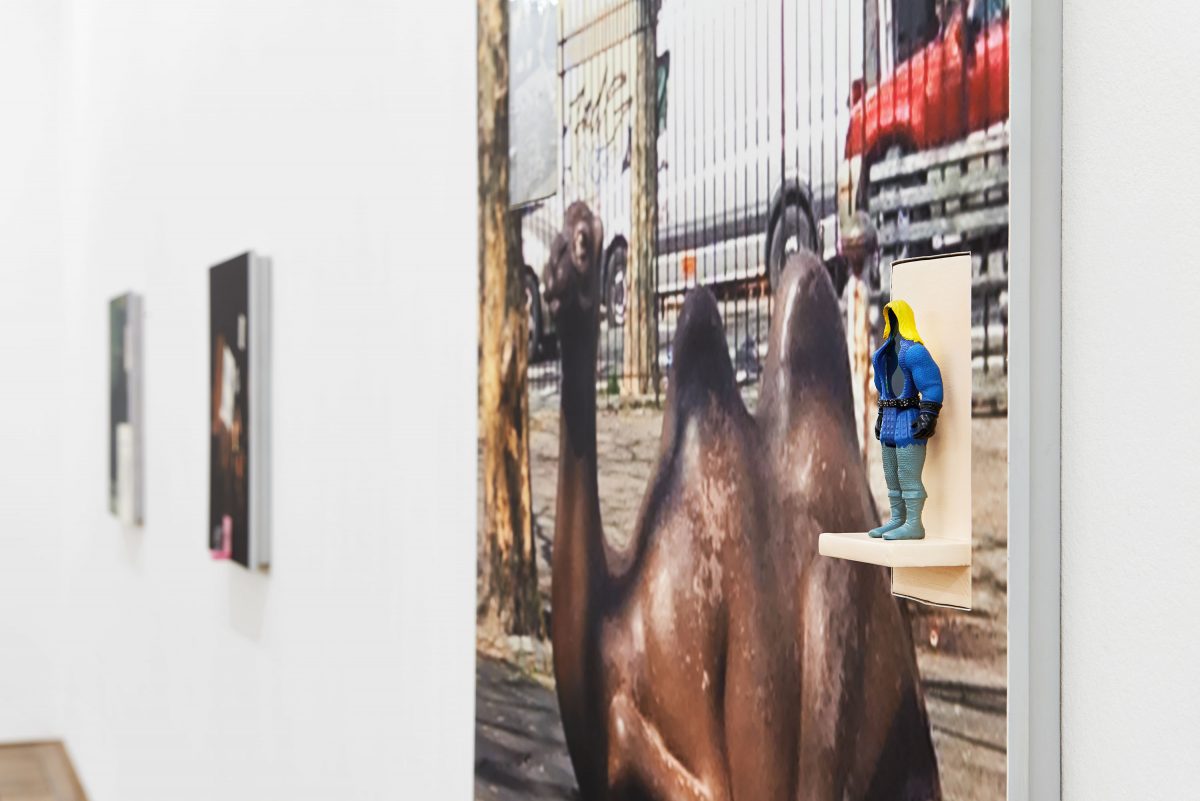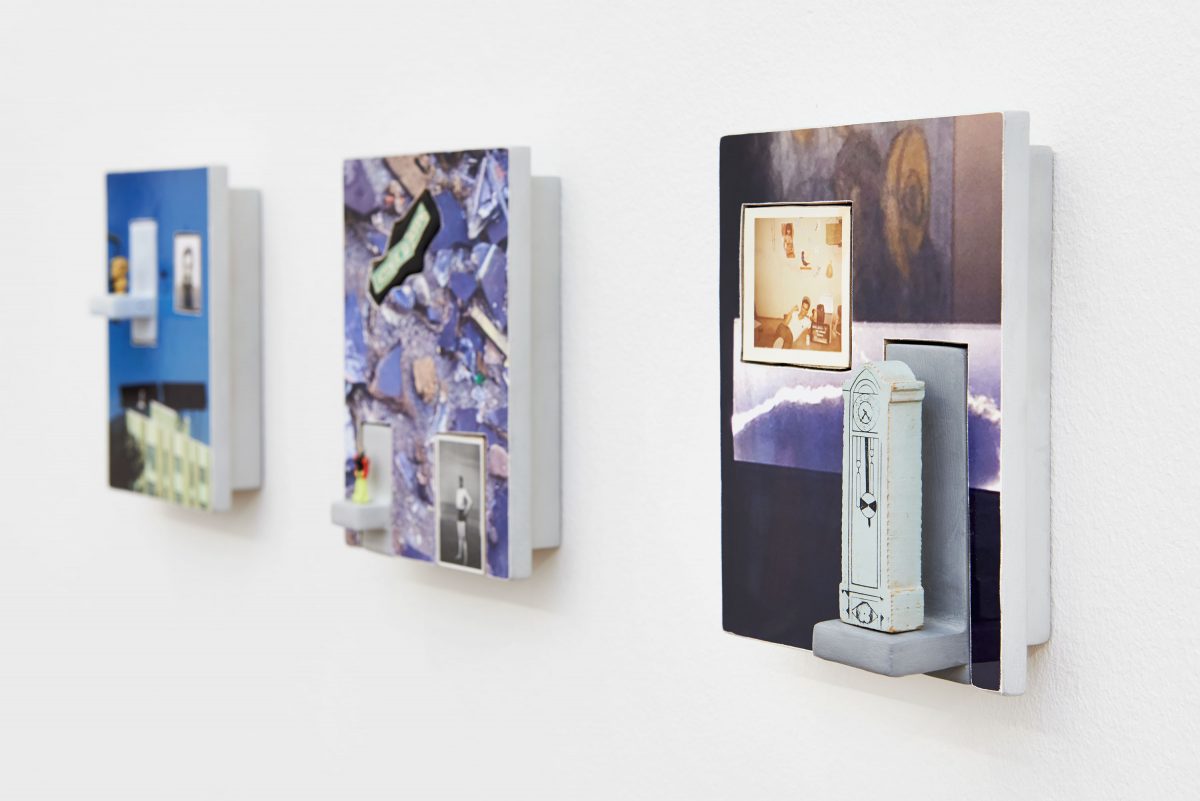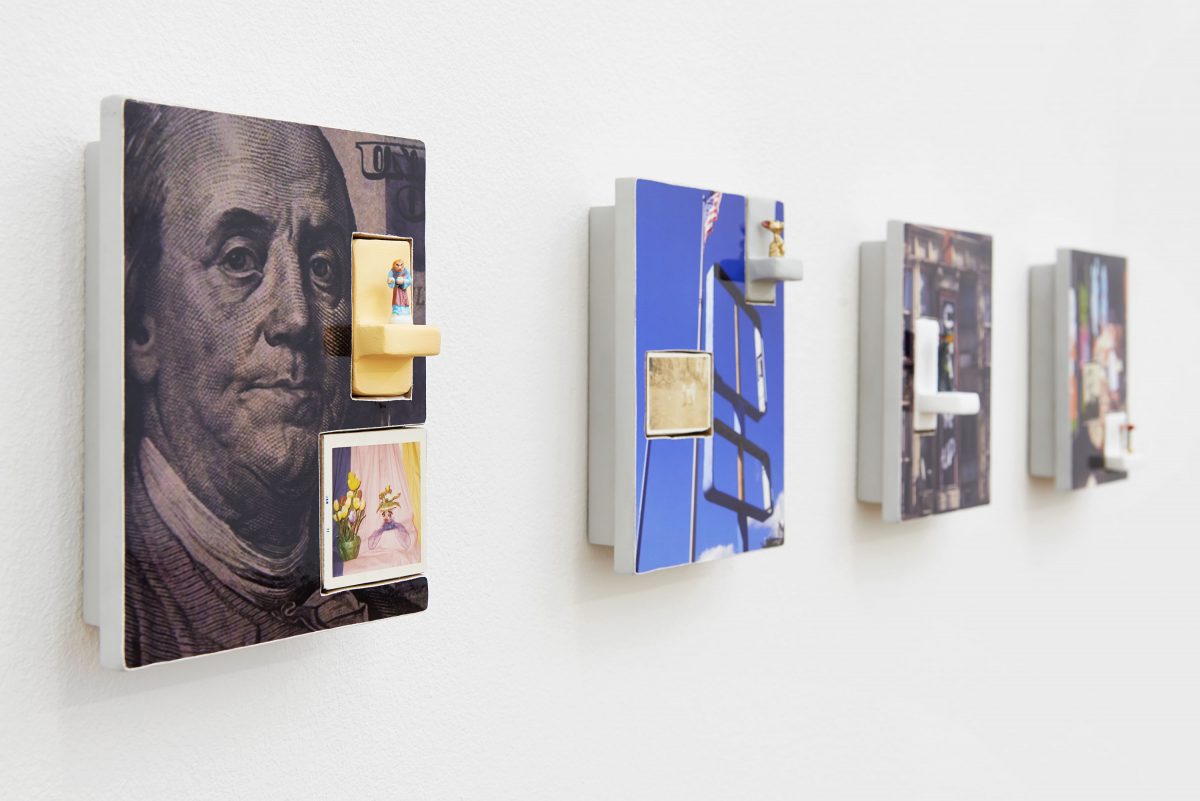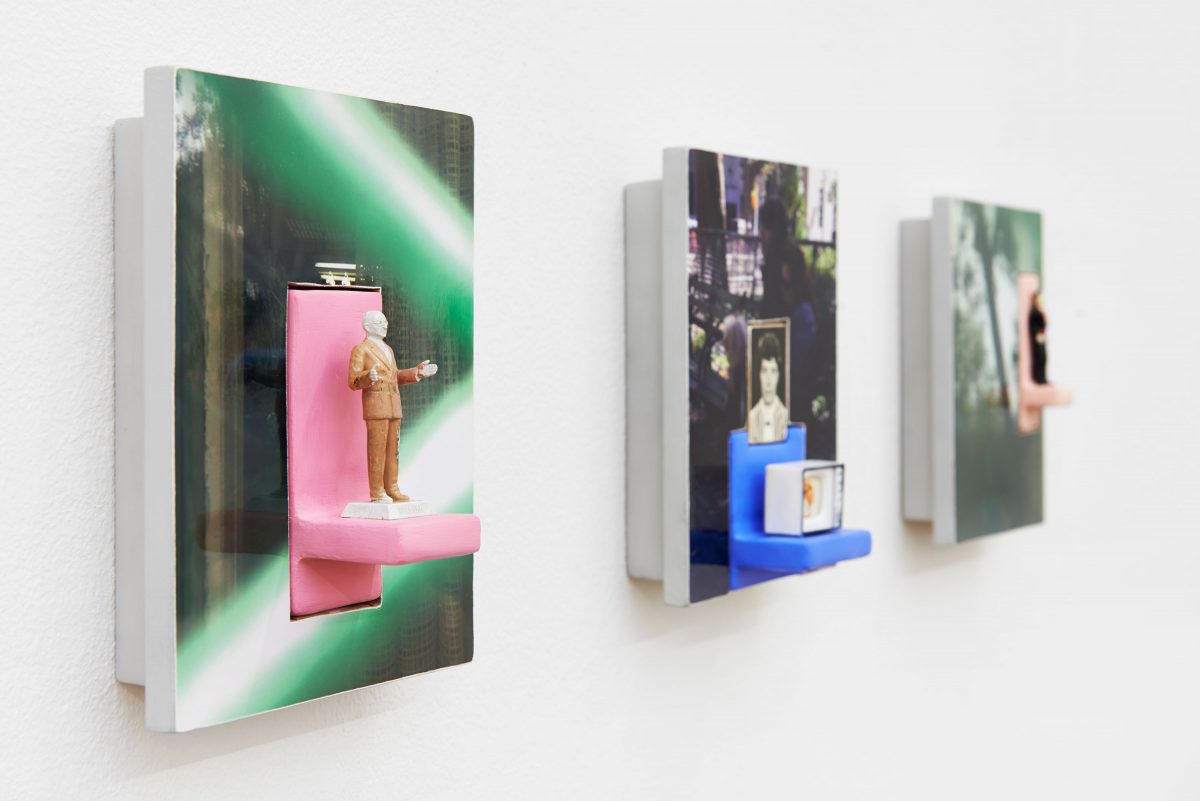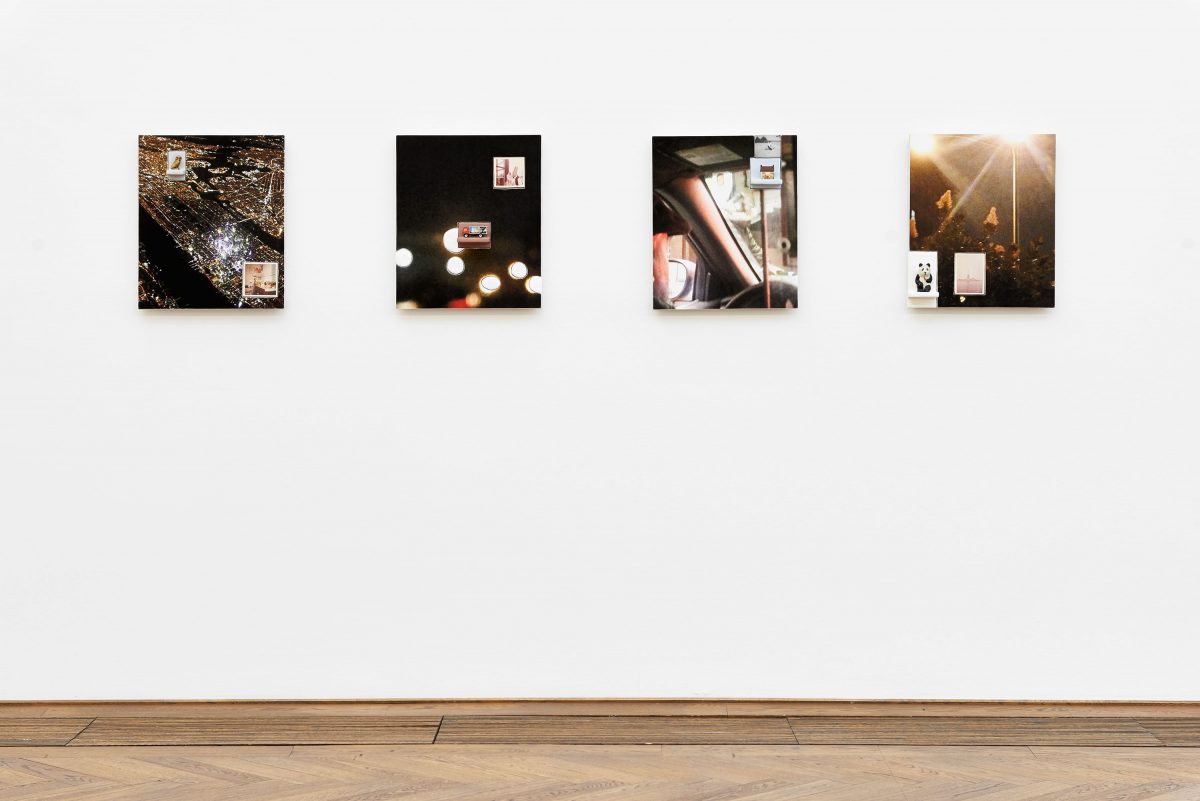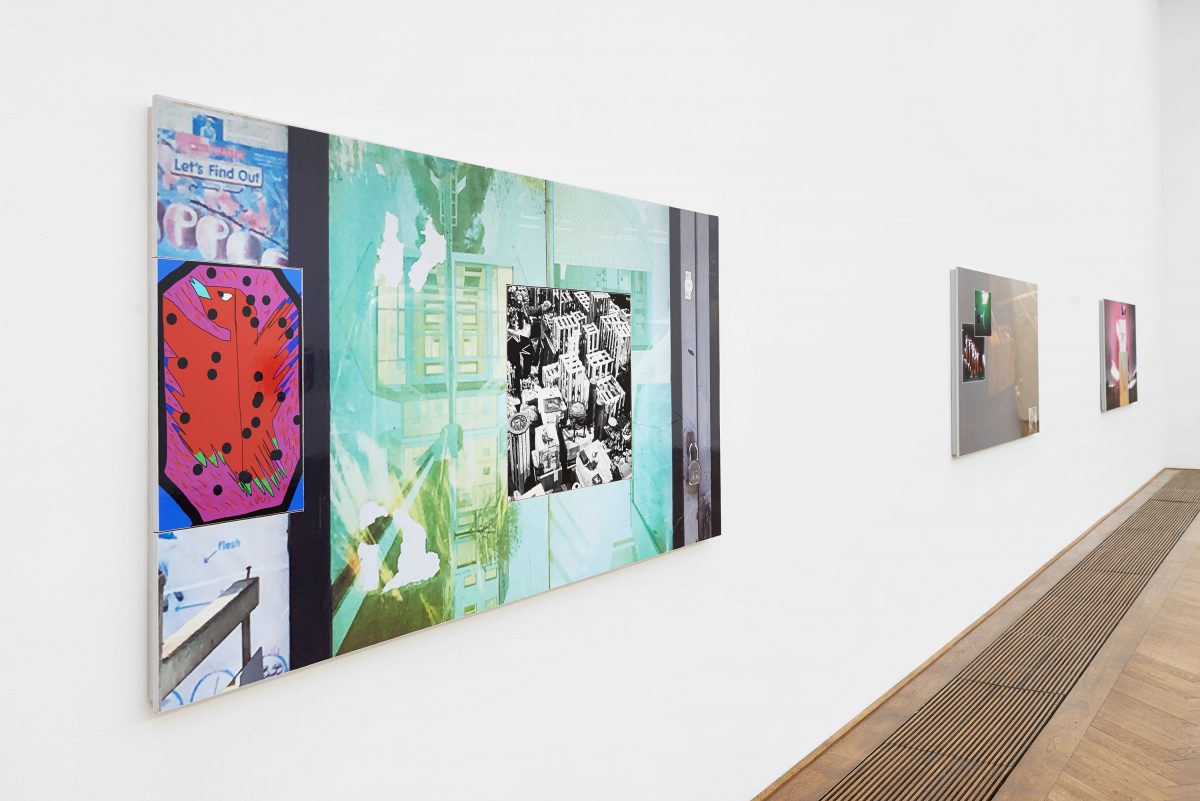
- This event has passed.
share eye
videos are what Sadie Benning first became known for; they won the then-teenage artist awards and visibility throughout the 1990s on the experi- mental art and video circuit. Lo-fi and black and white, they explore aspects of memory, identity, and the anxiousness of growing up queer in the Midwestern United States. “I got started partly because I needed different images and I never wanted to wait for someone to do them for me,” the artist once explained in an inter- view. Improvising with materials at hand and a toy camera, the adolescent Benning constructed fragmented, highly personal moving images, portraying the artist amid everyday objects, drawings, and scraps of handwritten text.
More than two decades later, the homespun poetics, grainy images, and durational logic explored in these earlier video works has expanded and taken on quite a different form as it confronts the political, conceptual, and material concerns of another moment in history. This exhibition, the artist’s first institutional solo show in Europe, is a collaboration between Kunsthalle Basel and The Renaissance Society in Chicago. It is also the first institutional exhibition to focus on the importance of what are often referred to, for lack of a better term, as the artist’s “paintings.”
Entitled Shared Eye, the presentation con- sists of a new series of fifty-five panels. Each is composed of mounted digital snapshots taken with the artist’s smartphone, embedded with painted aqua-resin elements and found photographs (drawn from a variety of sources, from Internet found images of strangers to 1960s newspaper telefax images), occasionally punctuated by miniature toys or inexpensive keepsakes nestled upon tiny sculpted shelves. There is a felt intensity to the labor involved in making each piece, and a decided (willfully imperfect) hand detect- able in the rough-hewn forms, sanded edges, and incorporated elements. A nervous pic- torial energy is built up through this process, and inexplicable connections emerge among a work’s different elements.
A gathering of protesters, the artist’s own vinyl collection and bedroom, a film still from Citizen Kane, a desolate alleyway, Benjamin Franklin’s visage on a US banknote, a miniature calendar, a toy robot, Ku Klux Klan members marching together: these describe just some of the images, objects, and references embedded in the works. They juxtapose the intimate and the anonymous, the digital present and an indeterminate analog past, the miniature and the extreme close-up, putting viewers in front of Benning’s highly personal response to the state of the world at a moment of deep political uncertainty. They are also imbued with the charge of what has come before and what is yet to come, since each piece, the artist attests, “serves as a visual representation of the past, the present, and the future, colliding.”

